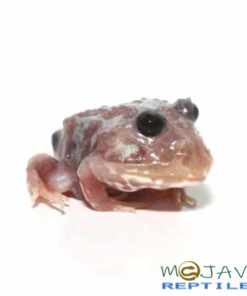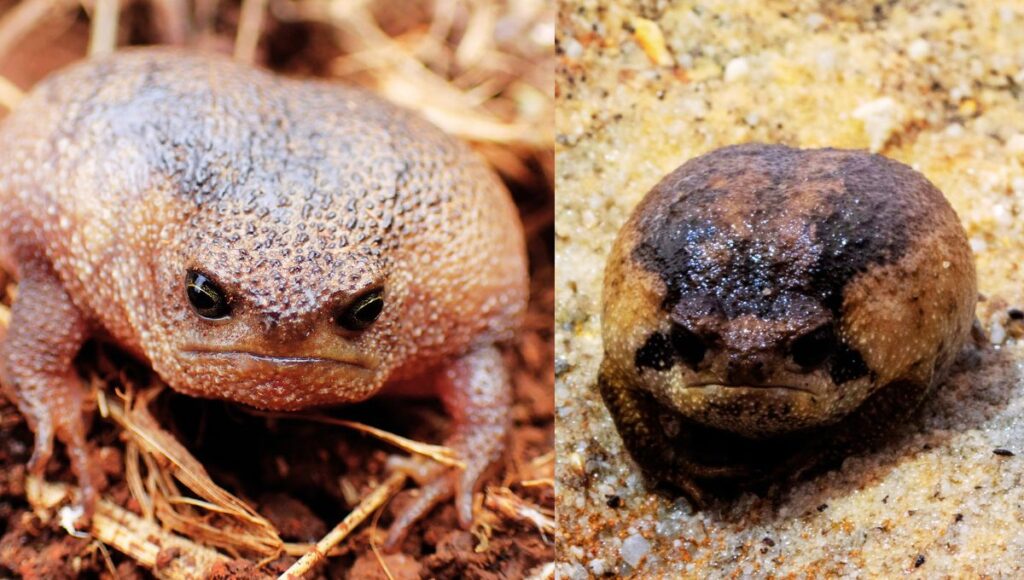Check Out Rain Frog for Sale: Raise Your Animal Game with a Special Amphibian Good Friend!
Check Out Rain Frog for Sale: Raise Your Animal Game with a Special Amphibian Good Friend!
Blog Article
The Ideal Reptile Enclosures: How to Create the Ideal Environment
Creating the ideal habitat for reptiles is not nearly putting them in a container or unit; it entails a thoughtful factor to consider of numerous factors that add to their overall well-being. From the size of the enclosure to the type of substratum used, every element plays an important function in offering an atmosphere where your reptile can grow. By understanding the specific needs of your reptile varieties and applying the appropriate environment arrangement, you can guarantee their health and wellness and happiness in bondage.
Choosing the Right Room Dimension
When choosing a room size for reptiles, it is vital to consider their natural behaviors and room demands to ensure their health and wellness. When it comes to habitat room, various reptile species have varying demands. Arboreal types like chameleons or tree snakes need vertical room for climbing and setting down, while earthbound species such as bearded dragons or leopard geckos require more floor space for discovering and thermoregulation. Water turtles like red-eared sliders necessitate units with both water and acreage for swimming and basking.
A general rule of thumb is to provide sufficient room for the reptile to exhibit natural habits, such as basking, hiding, climbing, and foraging. By very carefully taking into consideration the specific needs of the reptile species in question, owners can create a suitable and enhancing habitat that promotes overall well-being and encourages natural behaviors.
Setting Up Proper Burner
To make certain the wellness and health of reptiles in their units, it is necessary to thoroughly set up correct heating components. When establishing up heating aspects in a reptile enclosure, it is crucial to take into consideration the particular temperature level demands of the species you are caring for.
One typical and effective burner for reptile units is a warm lamp or ceramic warmth emitter. These warmth resources can be made use of to develop a temperature slope within the enclosure, permitting reptiles to move between warmer and cooler locations as needed. In addition, under-tank heating pads or warmth mats can be used to supply belly warm, which is particularly helpful for reptiles that require added warmth to help in food digestion.
Monitoring the temperature within the enclosure using a thermometer is important to ensure that the burner are maintaining the suitable temperature level array for your reptile. Routinely check and change the burner as needed to produce a comfy and healthy and balanced setting for your flaky friend.
Selecting Appropriate Lighting Fixtures

Offering the Suitable Substratum
Picking the appropriate substrate is vital for developing a comfortable and appropriate setting for reptiles in their units. The substratum serves different functions, including supplying a structure for natural habits like delving, aiding in maintaining appropriate moisture degrees, and supplying a comfy surface area for the reptile to relax upon - rain frog for sale. When selecting a substratum for your reptile unit, it is crucial to consider the species-specific needs of your pet. Some reptiles, such as desert-dwelling species like bearded dragons, thrive on substrates like calcium sand or reptile carpeting, while others, like round pythons, choose coconut husk or aspen bed linen to maintain humidity degrees.
Avoid substratums that can create impaction, such as loose substratums like sand or gravel, particularly for reptiles recognized to ingest their bed linens. Routinely cleansing and replacing the substrate is essential to make certain a hygienic and clean setting for your reptile.
Decorating for Enrichment and Comfort
Taking top article into consideration the substrate's duty in providing a foundation for all-natural actions and maintaining an ideal setting, enhancing the reptile enclosure with appropriate decors is essential for both enrichment and convenience. Designs such as branches, rocks, hideouts, and fabricated plants not only create a much more aesthetically enticing habitat however additionally serve useful functions. Branches provide climbing up opportunities for arboreal types, while rocks can function as basking places for heat. Hideouts provide sanctuary and protection, reducing tension degrees for the reptile. Man-made plants not only boost the visual appeals however additionally give concealing places and enrichment by allowing the reptile to check out and engage with its setting. When enhancing the unit, it is necessary to consider the reptile's species-specific needs and Click Here behaviors to create a space that promotes physical and psychological wellness. By integrating a range of decorations that imitate the reptile's natural environment, owners can ensure their pet's convenience and boost their all-natural impulses, ultimately causing a happier and healthier reptile.
Final Thought

Producing the excellent habitat for reptiles is not just regarding putting them in a container or unit; it involves a thoughtful consideration of different aspects that add to their total well-being.Selecting the suitable substrate is vital for developing a comfortable and suitable environment for reptiles in their enclosures. Some reptiles, such as desert-dwelling species like bearded dragons, flourish on substrates like calcium sand or reptile rug, while others, like sphere pythons, like coconut husk or aspen bed linen to preserve moisture levels.
By incorporating a range of decorations that imitate the reptile's natural habitat, owners can ensure their pet's convenience and boost their natural impulses, eventually leading to a happier and healthier reptile.
In conclusion, creating the suitable environment for reptiles includes selecting the appropriate enclosure dimension, home heating aspects, lighting fixtures, substrate, and decors.
Report this page